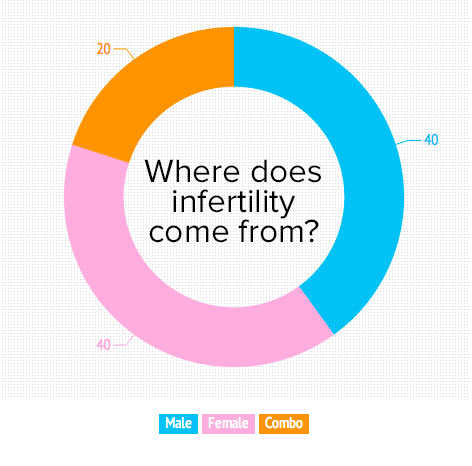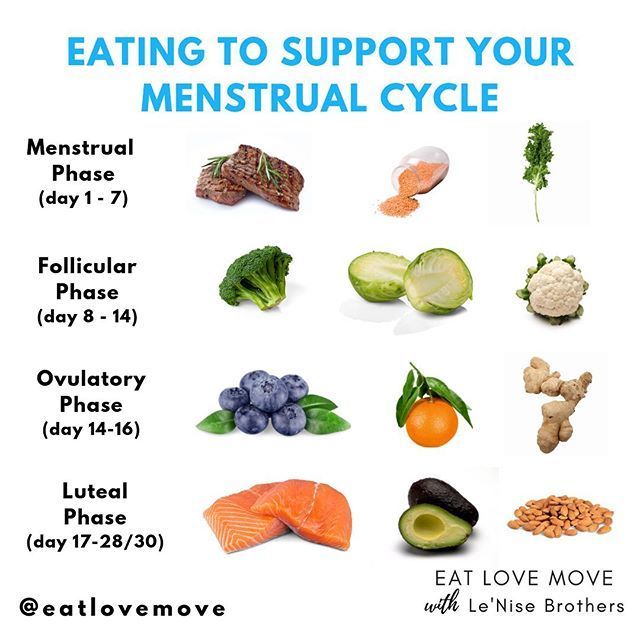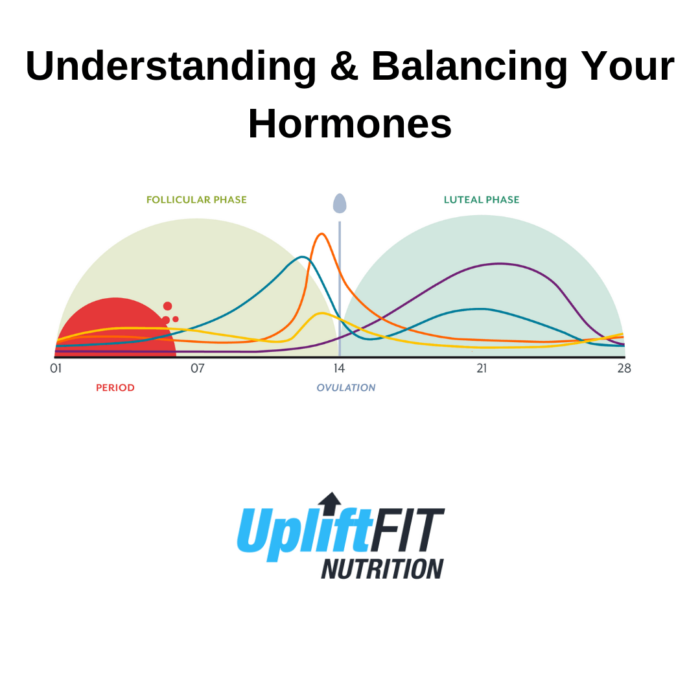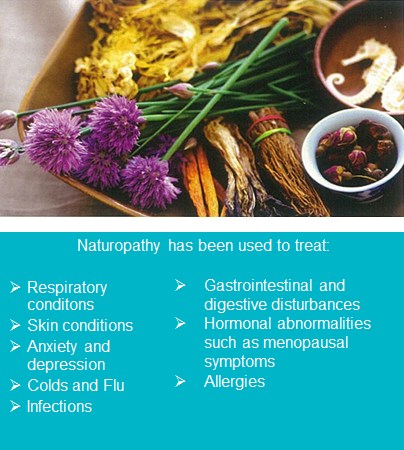When it comes to starting a family, many individuals and couples face various challenges along the way. Fertility awareness technology offers a helping hand by empowering individuals with knowledge about their reproductive health and providing valuable insights into fertility. This article will delve into the world of fertility awareness, exploring the benefits, methods, and tools available to navigate the path to parenthood.
The Importance of Fertility Awareness
Understanding one’s fertility is crucial for those desiring to conceive as well as those seeking to prevent pregnancy. Fertility awareness allows individuals to track various signs and indicators to determine the most fertile periods within a woman’s menstrual cycle. By having this knowledge, individuals can optimize their chances of conceiving or make informed decisions about contraception.
Fertility Awareness Methods
There are several effective methods of fertility awareness that individuals can utilize to understand their reproductive health:
1. Basal Body Temperature (BBT) Charting
BBT charting involves tracking the lowest resting body temperature, which typically occurs upon waking up. By noting these temperatures over time, individuals can identify their fertile window when their body temperature rises slightly due to ovulation.
2. Cervical Mucus Monitoring
Cervical mucus monitoring involves observing changes in the consistency and color of cervical mucus throughout the menstrual cycle. As ovulation approaches, cervical mucus becomes slippery, similar to raw egg whites. This change indicates the prime fertility period.
3. Calendar or Rhythm Method
The calendar method involves tracking the length of menstrual cycles over several months to predict fertile and non-fertile days. This method requires regular menstrual cycles and is less reliable for those with irregular cycles.
4. Ovulation Predictor Kits
Ovulation predictor kits detect hormonal changes, primarily the luteinizing hormone (LH) surge, which typically occurs 24-36 hours before ovulation. By identifying this surge, individuals can pinpoint their most fertile days and optimize their chances of conception.
Fertility Awareness Apps and Devices
In this digital age, numerous apps and devices have revolutionized the way individuals track and analyze their fertility. These tools offer convenient and user-friendly interfaces to chart and interpret the collected data with greater accuracy. Some popular fertility awareness apps include:
1. Clue
Clue is a comprehensive menstrual and fertility tracking app that allows users to log various reproductive health indicators. With its clean interface and personalized insights, Clue helps users better understand their bodies and fertility patterns.
2. Kindara
Kindara is an app combined with a Bluetooth-enabled fertility thermometer. It allows users to track their basal body temperature and cervical mucus data, providing accurate predictions of fertile windows. The app also offers educational resources and personalized support for users to achieve their family planning goals.
3. Ava Bracelet
The Ava Bracelet is a wearable device that tracks multiple physiological parameters during sleep, providing insights into menstrual cycles, fertility windows, and general well-being. By monitoring various biometric markers, the Ava Bracelet helps individuals optimize their chances of conception.
Conclusion
Fertility awareness is an empowering tool for individuals and couples navigating the path to parenthood. By understanding and tracking their reproductive health, individuals can make informed decisions about family planning, optimize their chances of conception, or prevent pregnancy. With the advent of technology, fertility awareness apps and devices have made this process simpler, more accurate, and personalized. Embracing fertility awareness not only enhances the journey towards parenthood but also promotes a deeper understanding of one’s body and overall well-being.




